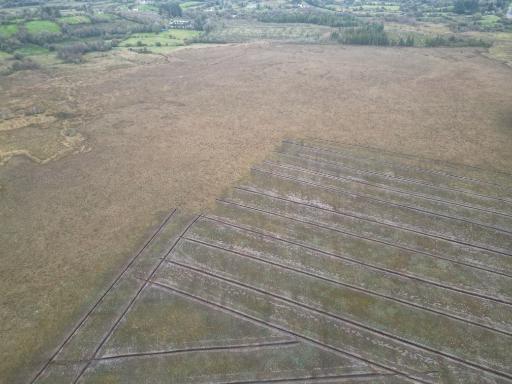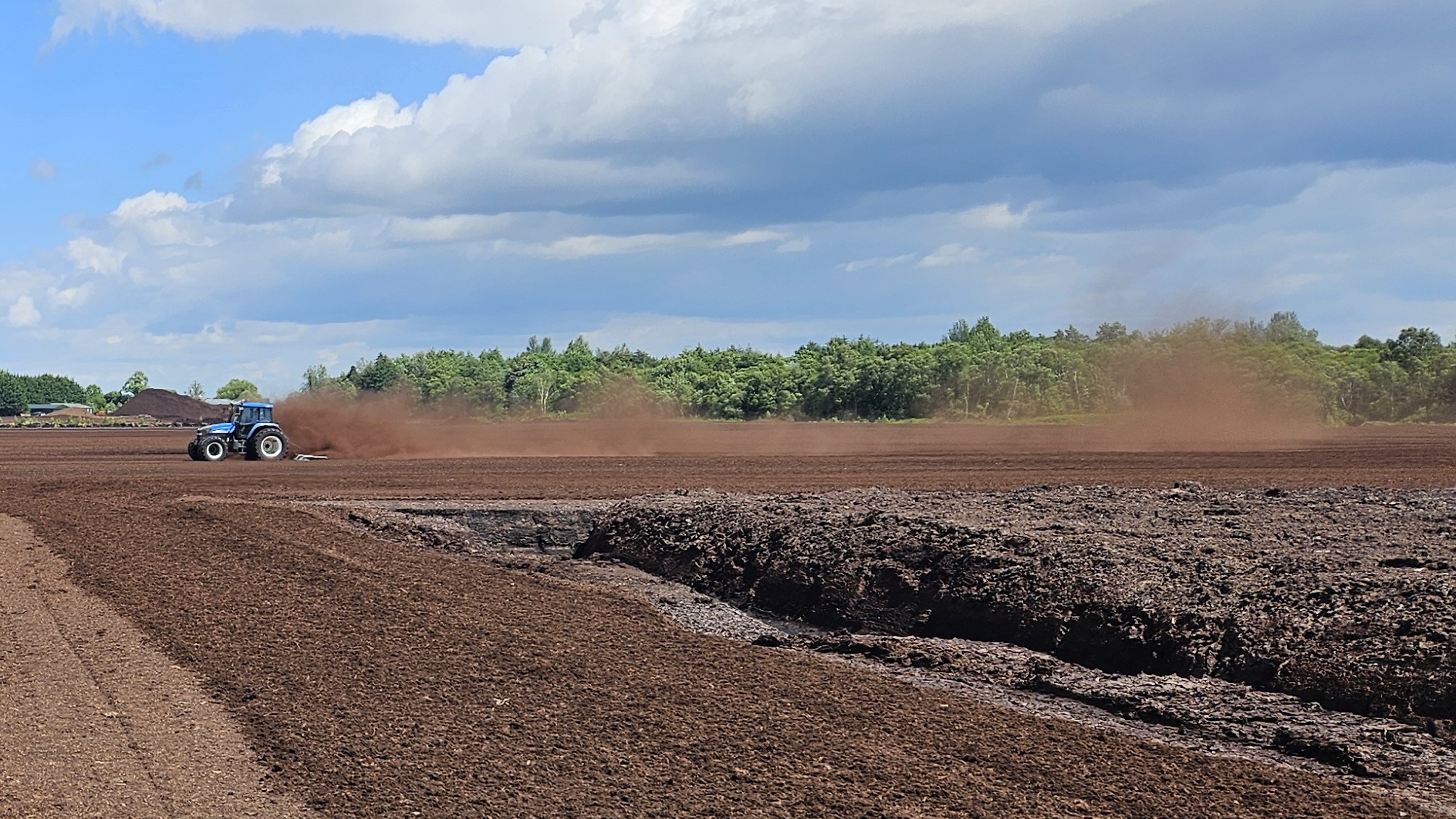Role of EPA in the regulation of commercial peat extraction
The EPA has two primary functions with regard to illegal large scale peat extraction;
- Regulating large scale peat extraction in an area exceeding 50 hectares
- Supervising how local authorities performance regarding their statutory duties to protect the environment under Section 63 of the EPA Act.
The EPA has been investigating large scale illegal peat extraction sites over the recent years across 7 different counties. A report outlining the work of the Agency in this area is available here. Link to EPA Report.
As part of the EPA investigations a significant number of site inspections have been carried out, these inspection reports can be viewed here. Link to EPA Site Inspection Reports
Peatlands >50ha
The EPA has deployed significant resources to control the unregulated commercial peat sector and will continue to target its enforcement interventions at these operations. We have has successfully taken legal proceedings against illegal operators in the District Court and High Court, which has resulted in the cessation of illegal peat extraction on a number of peatlands.
Peatlands <50ha
The EPA is exercising its powers under Section 63 of the EPA Act to ensure that local authorities take the appropriate regulatory and enforcement actions against unauthorised commercial peat extraction. Section 63 of the EPA Act provides for a cascading system of escalating enforcement actions by the EPA where local authorities are deemed not to be carrying out their statutory duties to protect the environment. To date we have issued;
- 38 Section 63 (1) notices to 7 local authorities requesting that they provide and implement county-wide and site specific enforcement plans for industrial peat extraction in their functional areas.
- 7 proposed directions under Section 63(5) which escalates the requirements previously outlined under the Section 63(1) notices.
The EPA will continue to exercise its powers under the EPA Act in order to ensure that each of the 7 identified local authorities fully implement and enforce the environmental requirements pertaining to industrial peat extraction.
Regulation of commercial peat extraction

An EPA licence is an Integrated Pollution Control (IPC) Licence. Anyone extracting peat in the course of business in an area exceeding 50 hectares requires an IPC licence from the EPA.
Planning permission is an agreement from the local authority or An Bord Pleanála to proceed with development. It is required for anyone extracting peat in an area exceeding 30 hectares or in an area less than this where it is likely to have a significant effect on the environment.
An Environmental Impact Assessment (EIA) is the process of examining the anticipated environment effects of a proposed project. It is required for anyone extracting peat in an area exceeding 30 hectares or in an area less than this where it is likely to have a significant effect on the environment. EIA is carried out as part of the licensing and planning process.
An Appropriate Assessment (AA) is the process of determining whether peat extraction could have a significant effect on protected sites such as Special Areas of Conservation and Special Protection Areas. AA screening, to determine whether a project requires AA, must be carried out on plans and projects. AA is required if peat extraction could have a significant effect on protected areas. AA is carried out as part of the licensing and planning process.
The importance of bogs to our environment

Peat bogs play a crucial role in the carbon cycle. Peat bogs in good condition have the potential to offer a significant nature-based solution to tackling climate change. Ireland has one of the highest proportions of Europe’s remaining intact peatlands and bogs, this includes a variety of raised and blanket bogs, fens and wet heath. Peatlands play a very important role in terms of Irish biodiversity and providing a range of other ecosystem services, such as carbon storage and flood mitigation. Our peatland habitats need to be protected and where necessary, restored.
The extraction of peat on a large scale can cause significant impacts on the environmental both at a local level and on a wider scale.
Such impacts include
- Removal of carbon storage
- Water quality and quantity
- Air quality (dust emissions)
- Destruction of habitat
